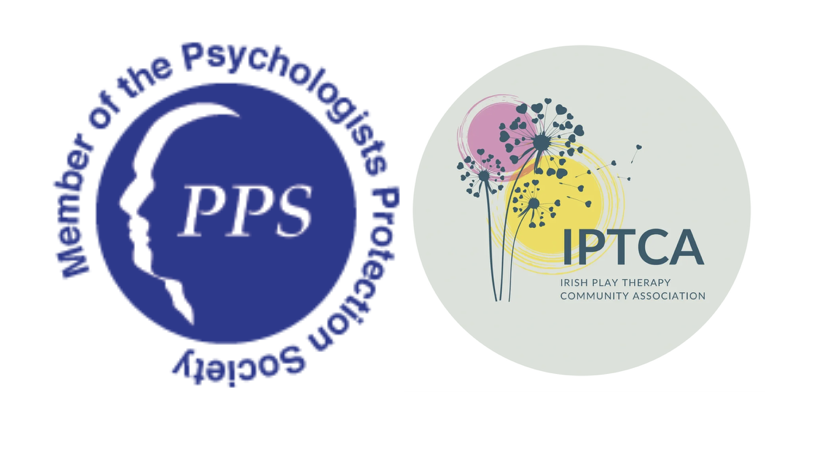Play therapy is an evidence based intervention, which has been proven to help children who have experienced difficulties such as:
- • Problems at school because of behaviour or relationship issues
- • Illness or a disability
- • Seems anxious or stressed
- • Bullies others or is being bullied themselves
- • Has suffered trauma or abuse
- • Regularly has nightmares or disturbed sleep
- • Seems angry or fights a lot with friends and family members
- • Experienced a loss or a bereavement
- • Divorce or separation
- • Has low self-esteem and/or poor self -image
- • Displays inappropriate behavior
- • Is frequently withdrawn or says they feel lonely or alone
- • Often seems sad or depressed

 During a play therapy session, children explore ways to make sense of the negative experiences of their lives. Children use play naturally to understand their world, as sometimes they may not be able to understand or explain their emotions and feelings. Play is their language and toys are their words.
During a play therapy session, children explore ways to make sense of the negative experiences of their lives. Children use play naturally to understand their world, as sometimes they may not be able to understand or explain their emotions and feelings. Play is their language and toys are their words. Early experiences affect the development of brain structures, which provides the foundation for all future learning, behaviour and health. When a child experiences ongoing stress or anxiety, this results in increased production of stress hormones such as cortisol and over-activation of the Hypothalamic-Pituitary-Adrenal (HPA) Axis (Cozolino 2006). This reduces the child’s ability to relate and to talk about their feelings because the self regulating parts of the brain are overwhelmed. During a play therapy session, children are enabled to identify and work through their feelings and bring about positive change in behavior (Steele & Malchiodi 2012).
Early experiences affect the development of brain structures, which provides the foundation for all future learning, behaviour and health. When a child experiences ongoing stress or anxiety, this results in increased production of stress hormones such as cortisol and over-activation of the Hypothalamic-Pituitary-Adrenal (HPA) Axis (Cozolino 2006). This reduces the child’s ability to relate and to talk about their feelings because the self regulating parts of the brain are overwhelmed. During a play therapy session, children are enabled to identify and work through their feelings and bring about positive change in behavior (Steele & Malchiodi 2012).

